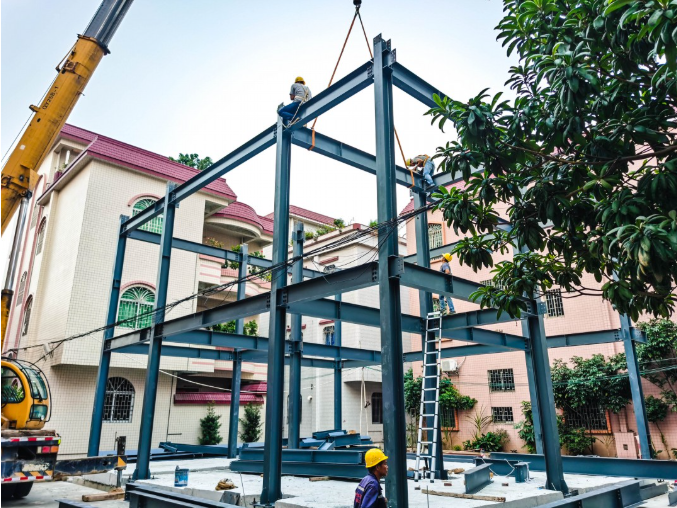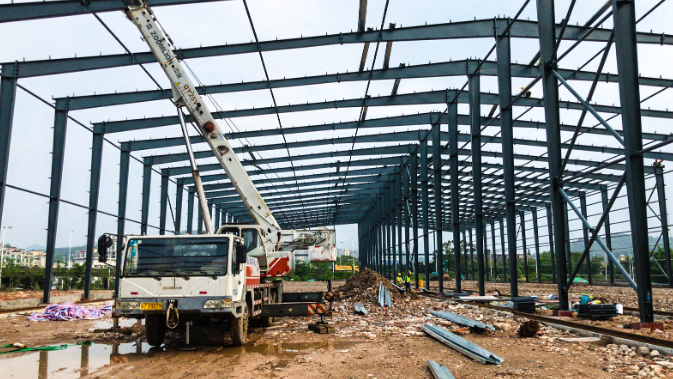Advantages and Disadvantages of Welded Connections in Steel Structures

Welded connections utilize heat generated by an electric arc to partially melt the electrode and the components being welded. The molten material then cools and solidifies into a welded joint, thereby connecting the components into an integral whole.
Advantages:
Welding does not weaken the cross-sectional area of components, conserving steel usage.
It offers a simple structural design, ease of fabrication, high connection stiffness, and excellent sealing performance.
Automated welding processes can be employed under certain conditions, enhancing production efficiency.

Disadvantages:
High welding temperatures may cause brittleness in the heat-affected zone (HAZ) near the weld.
Non-uniform heating and cooling during welding generate residual stresses and deformations, which can affect the structural load-bearing capacity, stiffness, and performance.
The high rigidity of welded structures makes them prone to rapid crack propagation (especially brittle fractures at low temperatures) once localized cracks form.
Welded joints exhibit reduced plasticity and toughness, are susceptible to defects, and have lower fatigue strength compared to other connection methods.



